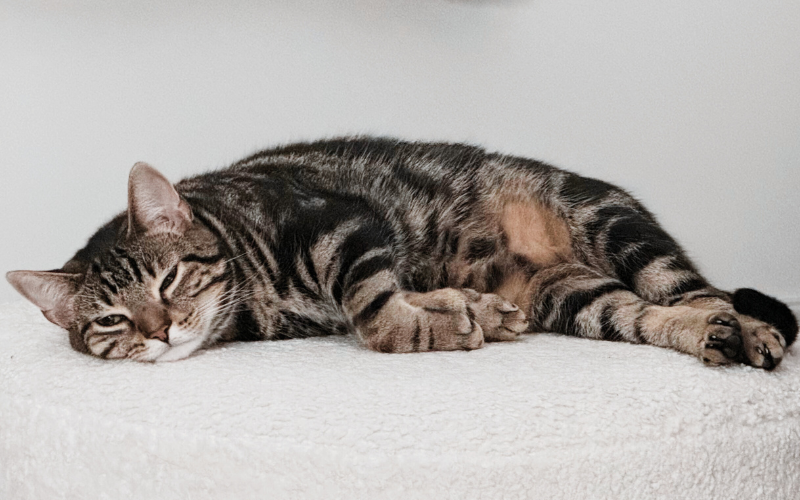When stress rises, it’s easy to react before you’ve had time to think. The Pause is a short mindfulness exercise that takes just two minutes to reset your body and mind.
This guided stress reset audio walks you through noticing tension, slowing your breath, and grounding yourself so you can calm your nervous system. Whether you’re in the middle of a difficult conversation, overwhelmed at work, or simply need a quick reset, this practice helps you return to yourself and re-engage with more clarity and balance.
Use this pause as often as you need ̶ it only takes two minutes and can change the course of a conversation.
Listen to the Two-Minute Pause
Transcript of the Guided Practice
Introduction
Find a comfortable place where you can sit for just a couple of minutes.
Make sure your feet touch the floor.
Let your phone rest on silent.
This is your reset.
Notice
Notice what is happening in your body.
Maybe your jaw feels tight.
Your heart a little faster.
Or your breath more shallow.
Now… breathe.
Take a slow breath in…
and let it out gently.
Again, in…
and out, a little longer.
One more time, in…
and slowly out.
As you breathe, name quietly to yourself what you feel.
“I’m anxious.”
“I’m angry.”
“I’m afraid.”
Whatever is here, let it be named.
Now ground yourself.
Place both feet firmly on the floor.
Feel the chair holding your weight.
If you like, touch something solid near you.
Notice its texture, its steadiness.
And now… return.
You’ve given yourself a little space.
You can step back into the moment
with more calm, and more clarity.
When to Use this Practice
- In the middle of a stressful conversation
- Before an important meeting or presentation
- When you feel anxious, tense, or overwhelmed
- To reset your nervous system after conflict
- Anytime you want to feel more present and grounded
Why This Two-Minute Reset Works
Research shows that slowing your breath and naming your emotions activates the parasympathetic nervous system, helping your body shift from stress to calm. Simple grounding techniques – like feeling your feet on the floor or touching something solid – bring your attention back to the present moment. In just two minutes, you can interrupt stress patterns and re-engage with more clarity and emotional balance.
If this post resonates with you and you would like to find out how we can help you, schedule a confidential and free enquiry call today.
Written by Veronika Kloucek, Senior Psychotherapist, Trainer, Supervisor, and founder of The Village Clinic with support from AI tools for grammar and clarity. All editorial ideas and authorship remain fully human.
References & Suggested Reading:
Balban, M. Y., & Thayer, J. F. (2021). Slow breathing as an intervention to reduce stress and anxiety. Scientific Reports, 11(1), 2102. https://doi.org/10.1038/s41598-021-98736-9
Zaccaro, A., Piarulli, A., Laurino, M., Garbella, E., Menicucci, D., Neri, B., & Gemignani, A. (2018). How breath-control can change your life: A systematic review on psycho-physiological correlates of slow breathing. Frontiers in Human Neuroscience, 12, 353. https://doi.org/10.3389/fnhum.2018.00353
Healthline Editorial Team. (2023). Grounding techniques to manage stress and anxiety. Healthline. https://www.healthline.com/health/grounding-techniques

